Coordinator |
||||
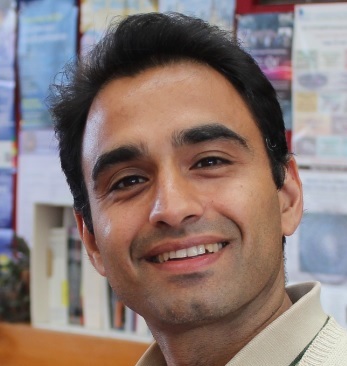
|
Francesco Shankar (University of Southampton, Astronomy Group) Francesco Shankar is Associate Professor in the Astronomy group at the University of Southampton. After obtaining his PhD at SISSA, he moved for a postdoc to the Ohio State University, to the Max Planck Institute for Astrophysics as an Alexander von Hulmboldt Fellow, and then to the Observatoire de Paris as a Marie Curie Fellow. He then joined the Department of Physics and Astronomy in 2013. Dr Shankar's research revolves around the theoretical modelling of galaxies, their central supermassive black holes, and their host dark matter haloes. He pioneered in the phenomenological modelling of galaxies and black holes based on a combination of abundance matching and continuity equation techniques. He has now started a group in extra-galactic astronomy aimed at specifically constraining the evolutionary channels of early-type, bulged galaxies and supermassive black holes via advanced semi-empirical models. The latter are characterized by a "bottom-up" approach: The least possible assumptions and associated parameters are initially included in the models which are otherwise informed by a number of independent observations. Key interests: Semi-empirical and phenomenological modelling of galaxies, supermassive black holes and dark matter haloes. |

|
||
Project manager |
||||
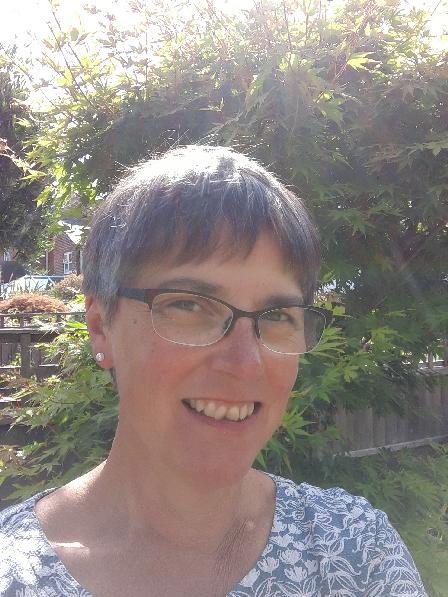
|
Helen Taylor (University of Southampton, Department of Physics and Astronomy) Helen worked previously at the Universities of Reading and Surrey, and has delivered on a variety of products including new websites, redesigned print publications, departmental office moves, staff conferences and all-encompassing student events. |

|
||
PIs |
||||

|
Klaus Dolag(LMU, Physics Department, USM, CAST) PD Dr. Klaus Dolag finished his PhD in 2000 at the Max Planck Institute for Astrophysics in Garching (Germany) and since 2010 is a Staff member of the computational astrophysics section at the Ludwig Maximilian University Munich (Germany). He has long standing experience in numerical algorithm and code development. Throughout his scientific carrier he has been focused on forefront simulations of galaxy clusters and large scale structures. He has been the first to include the treatment of magnetic fields in cluster formation simulations and did pioneering work within various, cosmological simulations campaigns, among them performing the (still) world largest cosmological, hydro-dynamical simulation, so called Magneticum Pathfinder. Since 2017 he is head of the Computational Center for Paticle and Astrophysics (C2PAP) which is part of the the Cluster of Excelence Universe and its successor Origins. Key interests: Computational Astrophysics, Magnetic Fields, Cosmology, Clusters of Galaxies, Hydrodynamical Simulations, Galaxy Evolution, AGNs |

|
||

|
Andrea Lapi(SISSA, Astrophysics and Cosmology) Andrea Lapi obtained his Ph.D. Degree in 2004 at Univ. of Rome "Tor Vergata". Since 2015 he is associate professor at SISSA (Trieste, Italy), and since 2018 he is the Head of the Astrophysics and Cosmology Group and coordinator of the corresponding Ph.D. He has supervised the Ph.D. Thesis of about 20 students so far. He has a longstanding expertise in theoretical and phenomenological models of galaxy formation and evolution. He has been one of the first to investigate the impact of AGN feedback in galaxy and galaxy cluster formation, and to propose an in-situ coevolution scenario for the evolution of massive galaxies and supermassive black holes. He has recently designed a comprehensive picture for the evolution in size and kinematics of early-type galaxies and of their starforming progenitors at high redshift. In the past he has also worked on thermodynamics of the intracluster medium, on statistics of dark matter halos via excursion set formalism, on the interpretation of submm/far-IR data from the Herschel satellite, on the kinematical modeling of spiral galaxies, on models of cosmic reionization also as a probe of dak matter microphysics. His current research also involves cross-correlation studies between CMB lensing and galaxy surveys, efficient buildup of simulated halo and galaxy catalogues as a preparatory work for Euclid and SKA, cosmological rates of gravitational waves from stellar compact binaries in view of the current LIGO/Virgo detector and of the next-generation Einstein telescope, and the formation of black hole seeds from intermediate/extreme mass ratio inspirals in the perspective of the future LISA science. Key interests: Galaxy formation and Evolution, Cosmology and Large-Scale Structure, Dark Matter, Gravitational Waves |

|
||
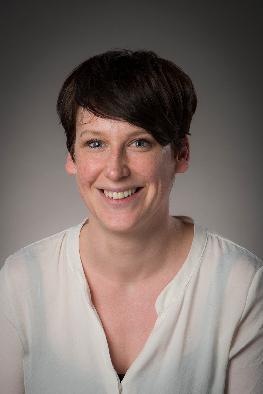
|
Carolin Villforth(University of Bath, Department of Physics, Astrophysics Group ) Dr Carolin Villforth is a lecturer (associate professor) at University of Bath. She received her PhD from University of Turku Finland in 2011. During her PhD she worked as a student support astronomer at the Nordic Optical Telescope and a graduate research assistant at Space Telescope Science Institute (STScI). After completing her PhD, she joined the University of Florida as a postdoctoral researcher and the University of St Andrews as a SUPA Advanced Fellow. She joined the astrophysics group at University of Bath in 2015. Key interests: Active Galactic Nuclei, Galaxy Evolution, Supermassive Black Holes, Galaxy Morphologies |

|
||
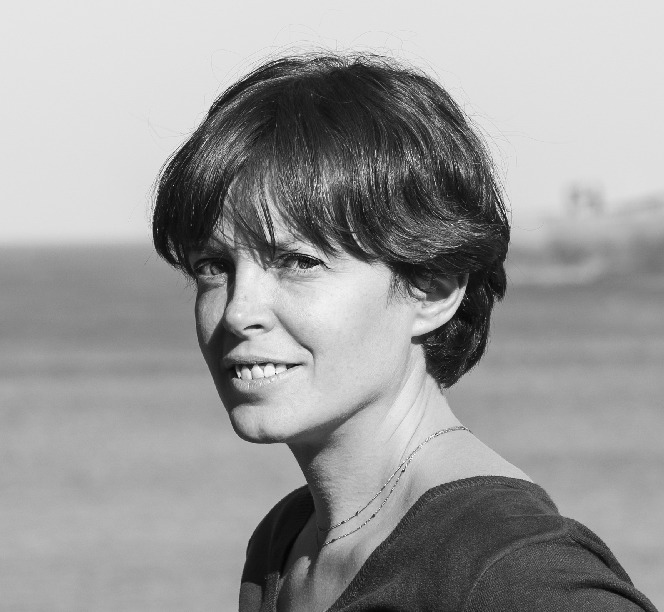
|
Silvia Bonoli(Donostia International Physics Center) Silvia Bonoli obtained her PhD in 2010 at the Max Planck Institute for Astrophysics in Garching (Germany). After two short postdocs at the University of Zurich and Stanford University, she was appointed staff scientist at CEFCA, in Teruel, Spain. Since 2018 she is Ikerbasque Research Fellow at the Donostia International Physics Center, in San Sebastian, Spain. She has worked primarily in the formation and evolution of supermassive black holes using semi-analytical models of galaxy formation and hydro simulations. In the last few years she got deeply involved in the J-PAS multi-band photometric survey, of which she is science co-coordinator since 2018. Key interests: Joint evolution of black holes and galaxies (observation and theory), Clustering of dark matter halos, galaxies and AGN, Seed back holes and first quasars, Large galaxy surveys |

|
||
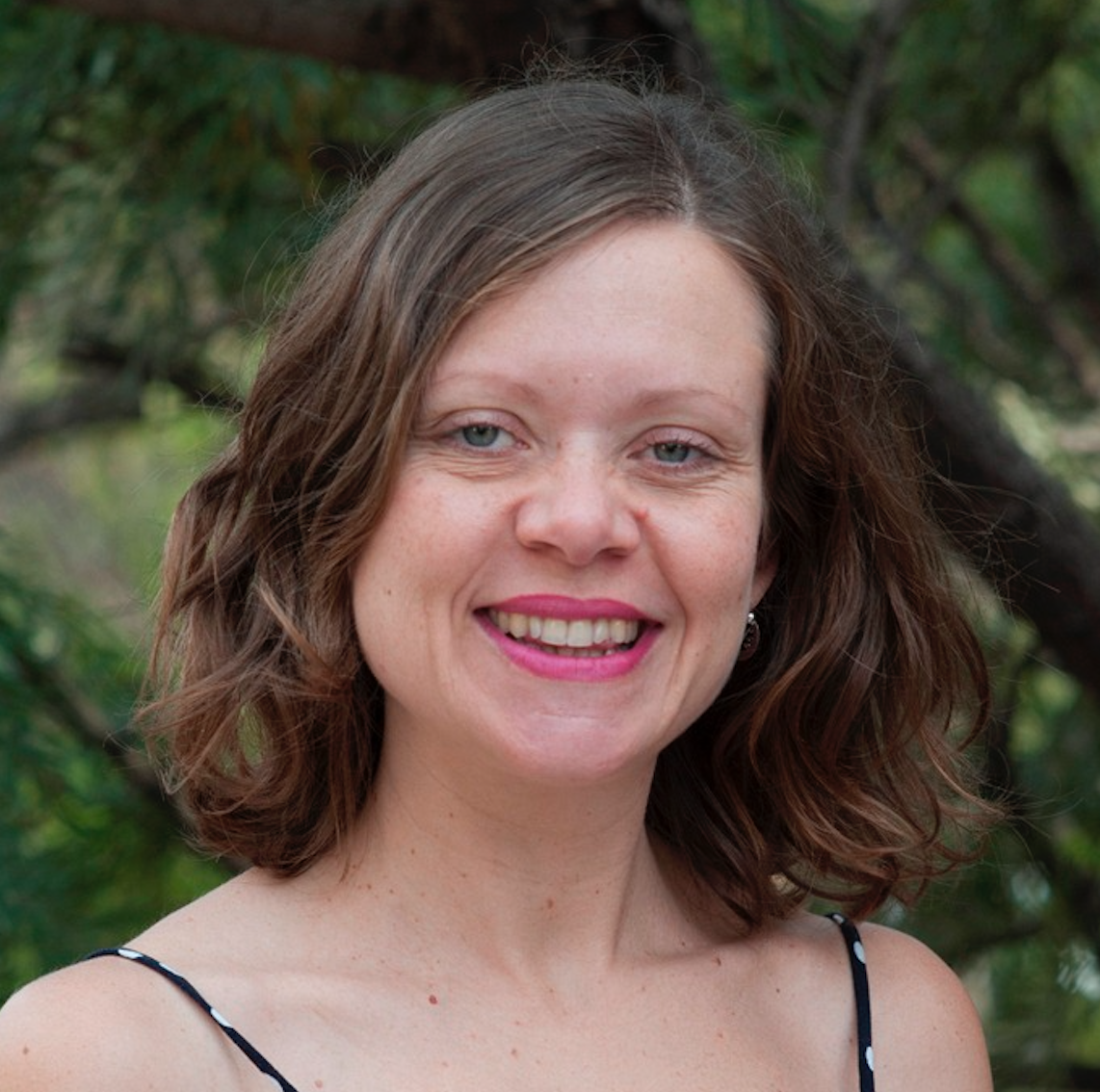
|
Cristina Ramos Almeida(Instituto de Astrofisica de Canarias) Dr. Cristina Ramos Almeida is a Ramˇn y Cajal researcher at the Intituto de Astrofisica de Canarias (IAC). Born in Santa Cruz de La Palma, Spain, she studied Physics at the University of La Laguna (ULL) and then did her PhD at the IAC. In 2009 she moved to the United Kingdom for two years to work as a postdoctoral research associate at the University of Sheffield. Back at the IAC in 2011 as a research fellow and then awarded a Marie Curie intra-European fellowship, today she is the principal investigator of the IAC research group Actividad Nuclear en Galaxias: una Perspectiva 3D del N˙cleo y su Entorno. Key interests: Active galactic nuclei, galaxy evolution, nuclear obscuration in AGN, feeding and feedback. |
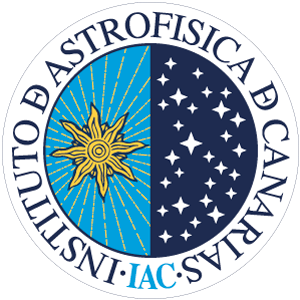
|
||
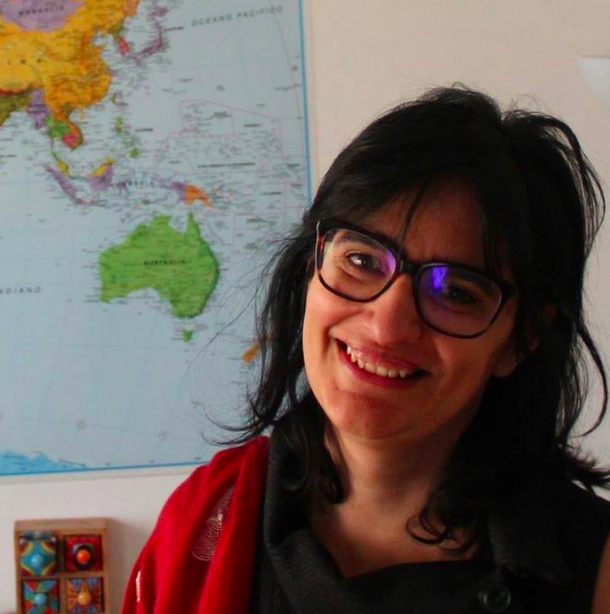
|
Marcella Brusa(UniversitÓ di Bologna) Dr. Marcella Brusa is Associate Professor since October 2019, at UniversitÓ di Bologna since 2012, her research interests are in the field of extragalactic astrophysics, and in particular on the study of physical and evolutive properties of Active Galactic Nuclei (AGN) through multiwavelength surveys and on the feedback effects of galaxies and AGN. Involved in several national and international research projects (e.g. COSMOS, CDFS, VANDELS, Euclid, eROSITA), she has collaborations with different European reserach Institutes (overall, Max Planck Institute for Extraterestrical Physics and ESO in Garching, Germania). Key interests: Joint evolution of black holes and galaxies (observation), Multiphase outflows and feedback in AGN, obscured AGN, X-ray and multiwavelength AGN surveys. |
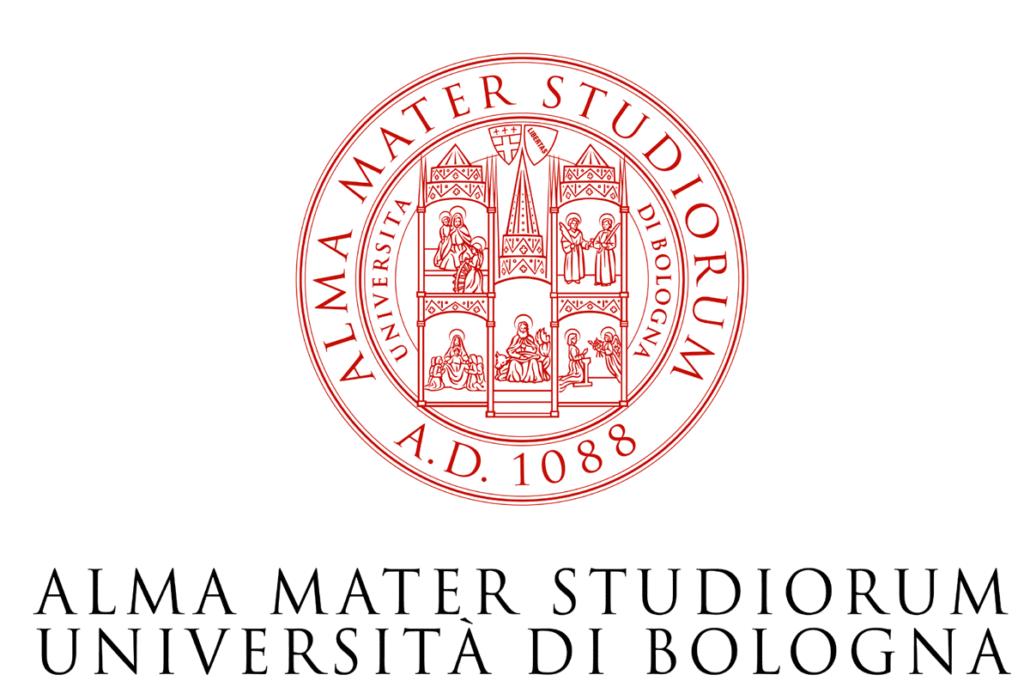
|
||
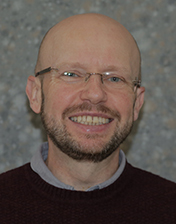
|
David Alexander(Centre for Extragalactic Astronomy, Physics Department, Durham University) Prof. David Alexander obtained his PhD in 1999 at the University of Hertfordshire in the UK and joined the faculty at Durham University in 2006. He is currently the Head of Astronomy at Durham University and the Director of the Centre for Extragalactic Astronomy. He is an observational astronomer and his primary interests lie in the properties and evolution of quasars and AGN and their connection to the growth of galaxies. He has co-written three review articles on the topics of "What Drives the Growth of Black Holes?", "Cosmic X-ray Surveys of Distant Active Galaxies", and "Obscured Active Galactic Nuclei". In addition to his research interests he also enjoys co-organising AGN conferences through the Durham-Dartmouth workshop series every 2 years with former group member Prof. Ryan Hickox; see his web page for further details. Key interests:co nstructing a complete census of AGN; testing the evolutionary model for quasars; exploring the association between AGN activity and star formation in galaxies; investigating the impact of AGN-driven outflows on the growth of galaxies; determining whether AGN are special! |

|
||
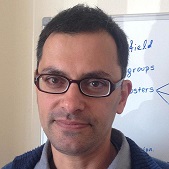
|
Antonis Georgakakis(Institute of Astronomy Astrophysics, Space Applications and Remote Sensing of the National Observatory of Athens) Antonis Georgakakis is a Senior Researcher at the Institute of Astronomy Astrophysics, Space Applications and Remote Sensing of the National Observatory of Athens. He obtained his PhD in Astrophysics from the Imperial College London (UK) in 1998. He is interested in observational studies of AGN to constrain their cosmological evolution, explore their interplay with their host galaxies and their distribution on the cosmic web. He is member of the eROSITA German Consortium and co-chair of Science Working Group "Understanding the build-up pd SMBH and galaxies" of the Athena X-ray observatory. Key interests: |
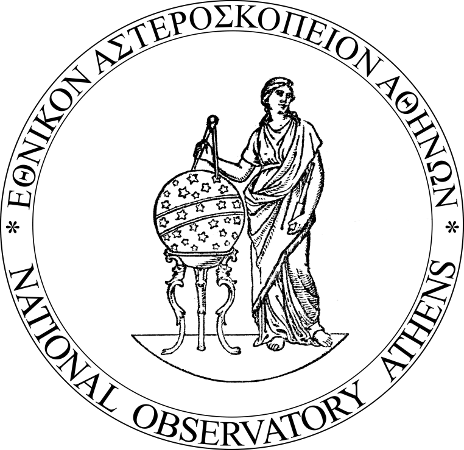
|
||
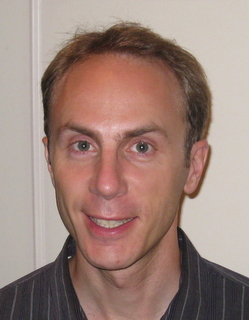
|
Joop Schaye (Leiden Observatory, Leiden University) After finishing his PhD in 2000 at the University of Cambridge, Joop Schaye spent nearly 5 years at the Institute for Advanced Study in Princeton as a long-term member before joining the faculty at Leiden Observatory. He still works at Leiden, since 2011 as a full professor. Schaye works on simulations and observations of galaxies and the intergalactic medium. He has led multiple international simulation projects, including OWLS and EAGLE. In addition to the simulation work, he has developed analytic models and has led observational campaigns to study the connection between galaxies and the gas around them. Key interests: Galaxy formation, cosmology, computational astrophysics |

|
||
ESRs |
||||
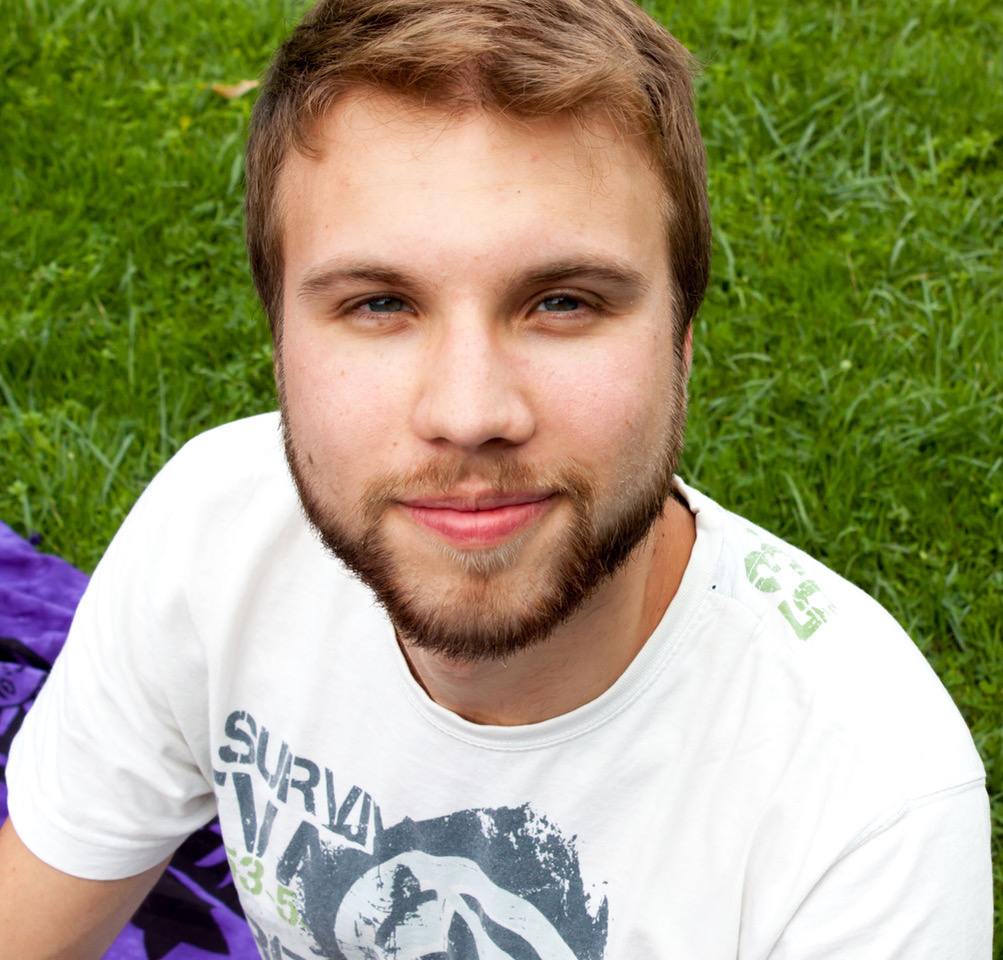
|
Luca Sala (starting 1.9.2020, WP3/4, USM) Luca Sala was bachelor's student in Physics at University of Milano-Bicocca in Italy, where he also got his Master's Degree in Astrophysics in 2020. His master's research project focused on the design and implementation of a feedback model from Active Galactic Nuclei in the gravitational and hydrodynamical code GIZMO. His research interests are massive black holes accretion and feedback processes, galaxy formation, evolution and dynamics and computational astrophysics. Key interests:computational astrophysics; galaxy formation and evolution; Active Galactic Nuclei; Supermassive Black Holes; feeding, feedback |

|
||
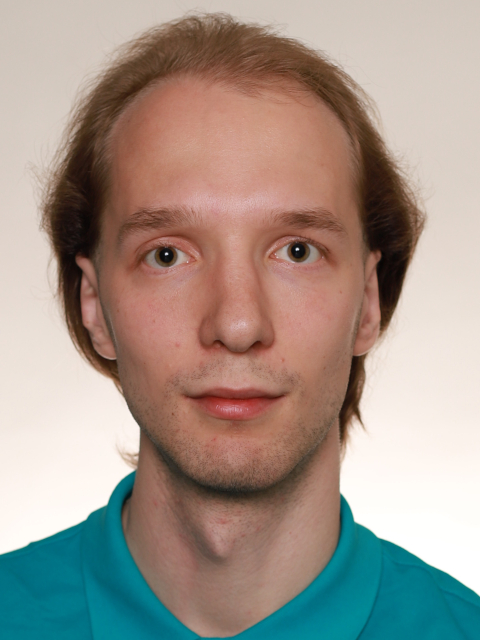
|
Evgenii Chaikin (starting 1.9.2020, WP2/4, UL) Evgenii received his Bachelor's degree in Astrophysics at the Peter the Great Saint-Petersburg Polytechnic University in Russia. His Bachelor's project was focused on simulating the thermal evolution of isolated neutron stars, whereby Evgenii gained extensive experience in computational astrophysics. He then moved to Germany and earned a Master's degree from the University of Bonn. During his Master's research, Evgenii developed a novel method for computing the optical depth of the intergalactic medium in cosmological simulations including the effects of bulk motions and thermal broadening. Evgenii is now a PhD candidate at Leiden University. He is working on galaxy formation and evolution with the main focus on stellar and AGN feedback in the cosmological hydrodynamical code SWIFT. Key interests: galaxy evolution, computational astrophysics, AGN, feedback, cosmology |

|
||
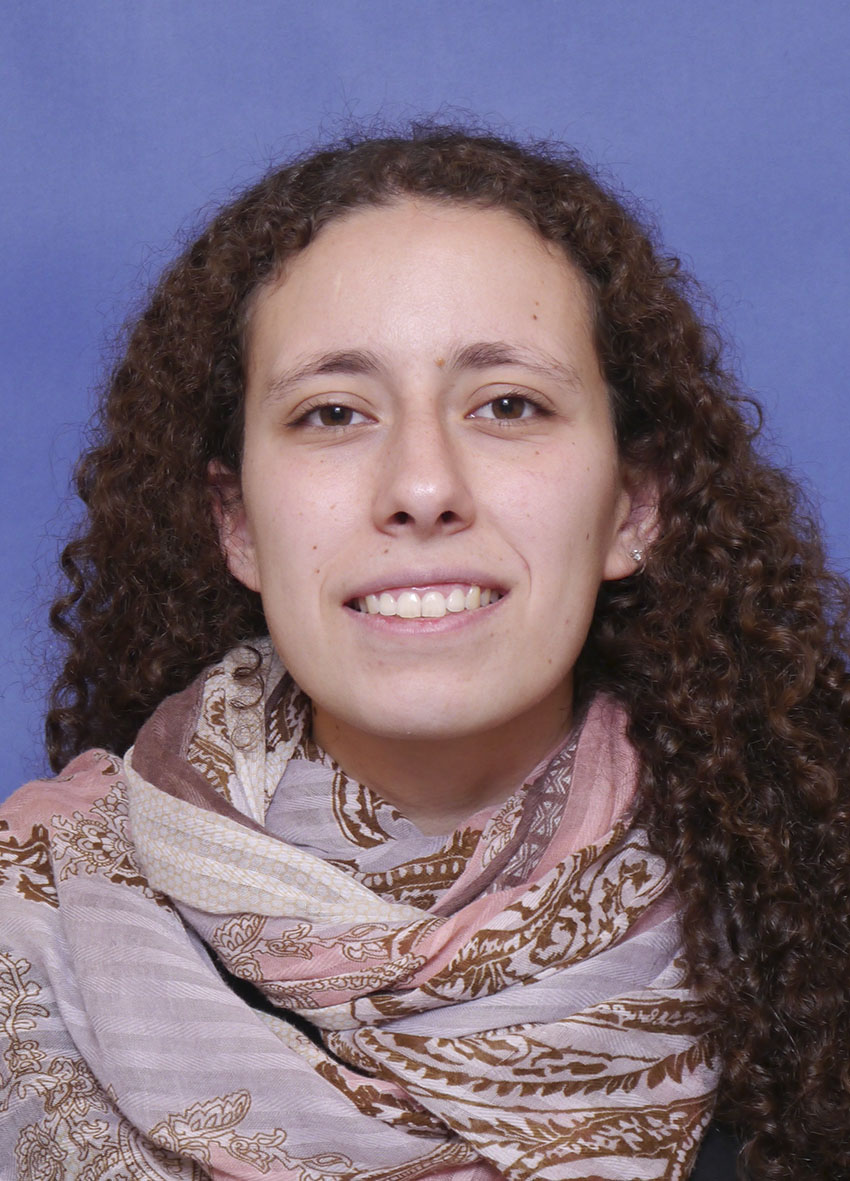
|
Carolina Andonie (starting 1.10.2020, WP1, Durham University) Carolina is completing a Masters in Astrophysics at the Pontificia Universidad Catolica de Chile in Santiago, the same institution were she received her Licenciate in Astronomy (the equivalent of a Bachelors degree) in 2018. During her short research career to date Carolina has already obtained extensive experience. Her Masters research focuses on studying the Iron K-alpha emission line variability in a large sample of nearby AGN using extensive X-ray observations while her Licenciate research focused on developing a self-consistent model to explain the X-ray emission from the Compton-thick AGN in the Circinus galaxy, based on a physical mid-infrared model. She is aiming to publish both of these studies in peer-reviewed journals. During her PhD she is looking forward to developing machine-learning techniques to efficiently analyse large datasets and to collaborate on a wide range of observational and computational projects. Key interests: |

|
||
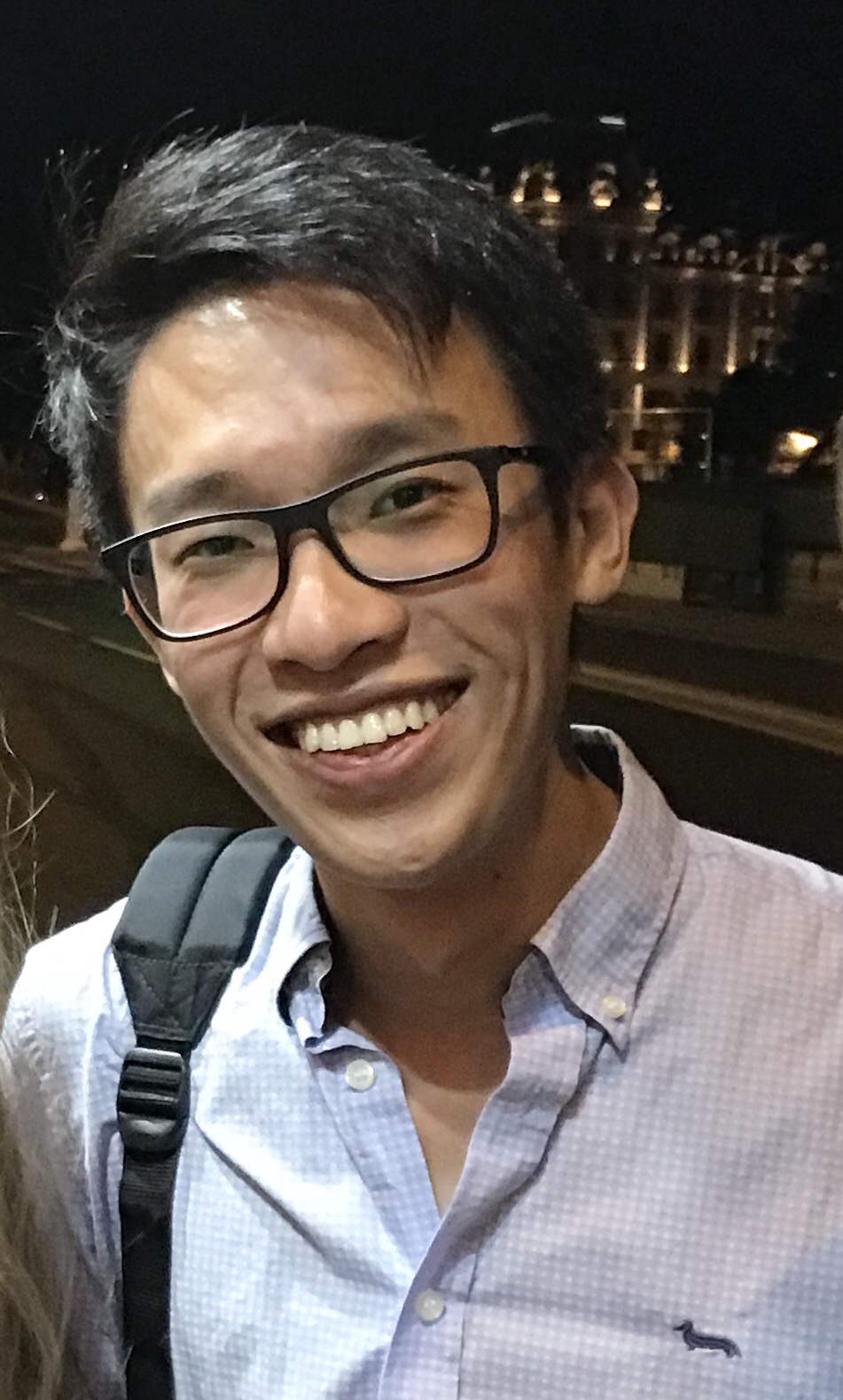
|
Hao Fu, (starting 1.10.2020, WP3/4, University of Southampton Hao was an undergraduate at Sapienza University of Rome, where he achieved both his Bachelor's in Physics and Master's in Astronomy and Astrophysics in 2019. His Master's research was focused on the forecasts for future CMB spectral distortions experiments and their synergies with temperature anisotropies. After his Master's thesis at the Institut d'Astrophysique de Paris, he moved to the University of Southampton where he is working on galaxy formation and evolution via semi-empirical models in the astronomy group. Key interests: galaxy evolution, semi-empirical models, cosmology. |

|
||
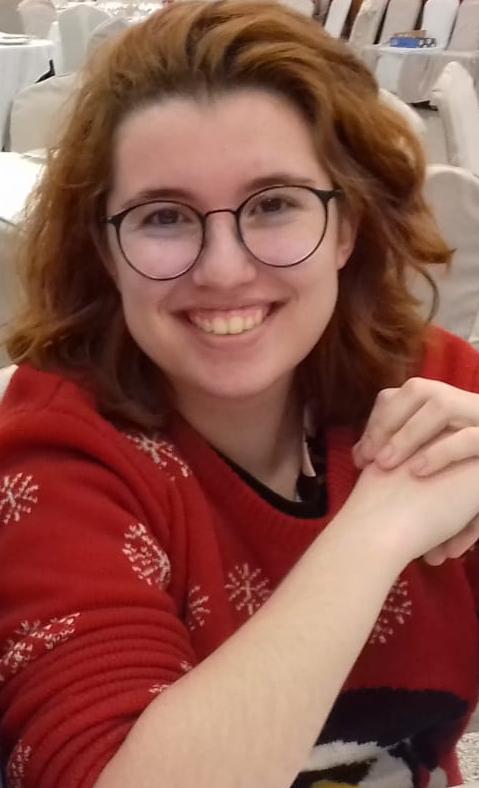
|
Alba Vega Alonso Tetilla, (starting 1.10.2020, WP3/4, University of Southampton Alba was bachelor's student in Universidad de Salamanca, Spain, where she studied the theoretical physics behind Black Holes and Wormholes during her final year dissertation. During her Erasmus+ in UK, she worked with University of Bristol's supercomputer BlueCrystal to do n-body simulations and parallel programming. She also studied in Universidad Complutense de Madrid, Spain, getting her Master's in Astrophysics in 2020 and analyzing the gas inflow/outflow in PHANGS galaxies as part of her final master thesis. Key interests: AGN, cosmology, semi-analytic models, machine learning, computational astrophysics. |

|
||
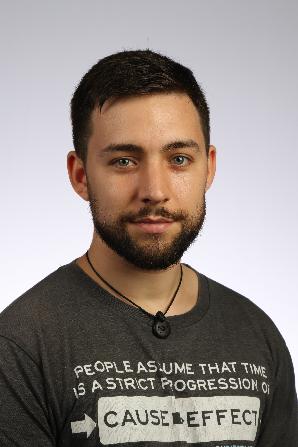
|
Ivan Lopez, (starting 1.11.2020, WP2, University of Bologna Ivan is finishing his Masters's degree in Astronomy at the Universidad Nacional de La Plata, Argentina. His master's thesis is about extended molecular hydrogen emission in nearby AGNs studying data cubes from the Spitzer Telescope to understand better the interaction between jets and the interstellar medium. He is a teaching assistant in Stellar Systems and Mechanics courses and he worked for five years as a guide at the Planetarium of La Plata. Last year he participated in the Summer Program at the STScI, to make a fitting tool for datacubes from MIRI and NIRSpec for the James Webb Space Telescope. He also participates in a project to explore photometric relations of extended sources using broad and narrow filters in the SPLUS survey. Key interests: AGN, feedback, galaxy evolution, observational techniques, machine learning, multiwavelength astronomy |

|
||
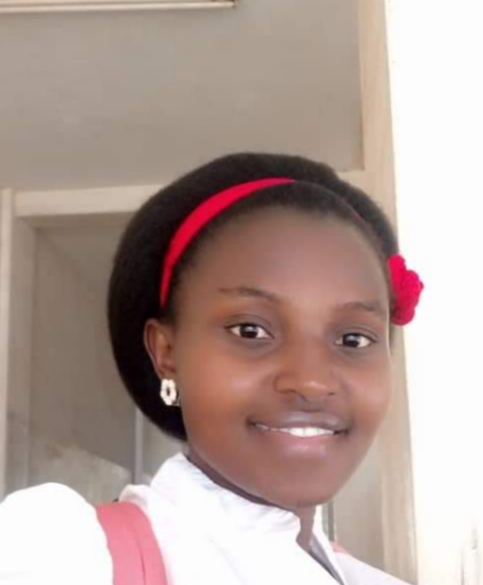
|
Blessing Musiimenta, (starting 1.11.2020, WP2, University of Bologna Blessing has a Bachelor's degree in science with education (Physicals) from Mbarara University of Science and Technology (MUST), Uganda. From the same university she got a Master's degree in physics in October 2019. The master's project focused on using multi-wavelength information and Fermi-LAT data analysis to identify new gamma-ray blazars from Infrared selected blazar candidates. Key interests: galaxy formation and evolution, active galaxies, high energy astrophysics, multi-frequency and multi-messenger approaches to unveil extreme sources, cosmology. |

|
||
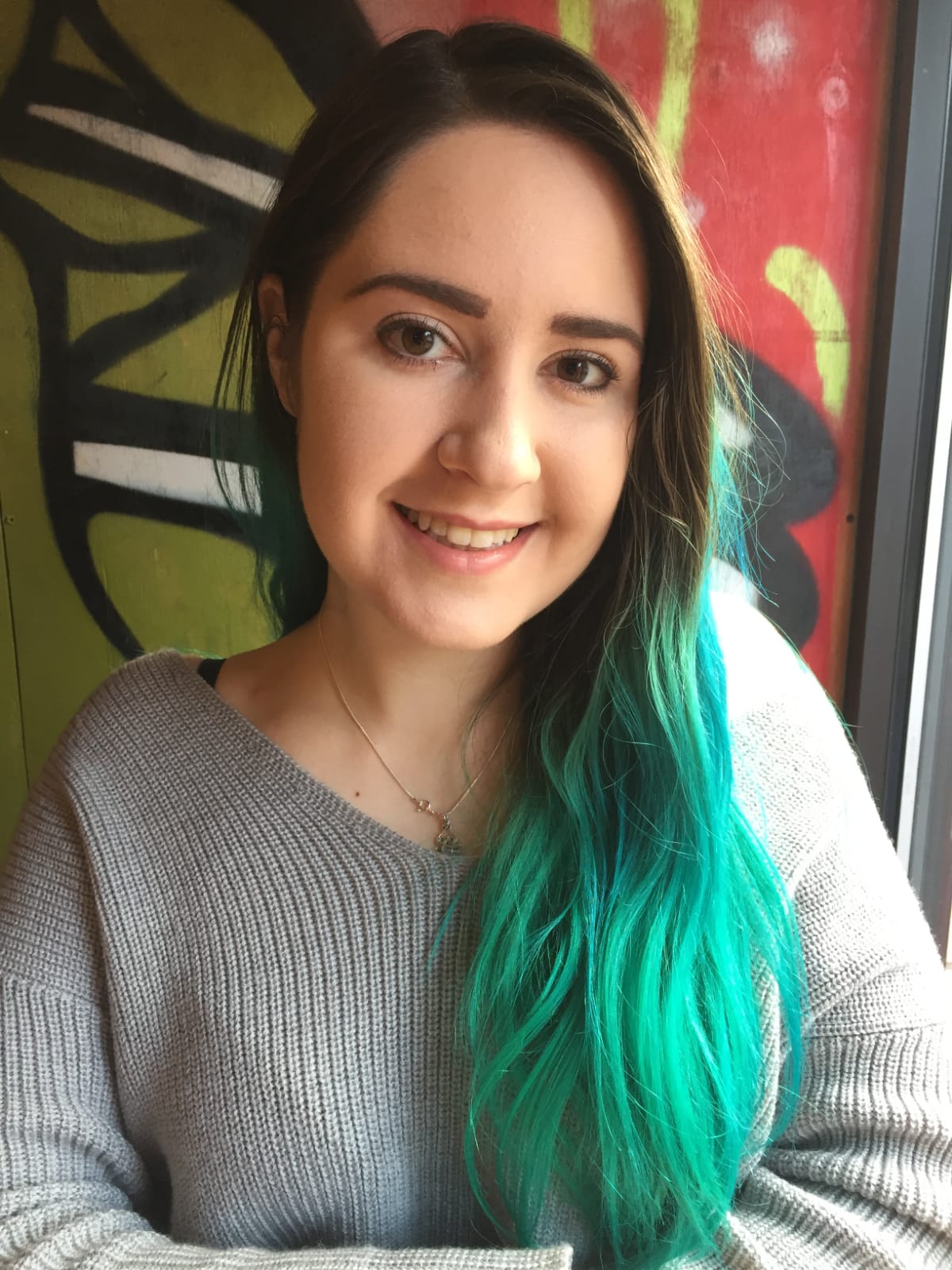
|
Mathilda Avirett-MacKenzie (starting 1.10.2020, WP3/4, University of Bath Mathilda is completing her Master's degree in Astrophysics at the University of St Andrews, where she is working on using machine learning algorithms to analyse galaxy spectra taken by the Dark Energy Spectroscopic Instrument. Before this, she obtained Bachelor's degrees in Physics and Mathematics from the Georgia Institute of Technology, where she worked on constructing models of AGN spectral evolution constrained by observations of the cosmic X-ray background and AGN number counts, publishing her results in MNRAS in 2019. She is looking forward to combining her interest in ML and her passion for AGN physics during this PhD. Key interests: |

|
||

|
Alexander Sicilia (starting 1.10.2020, WP1/4, SISSA Alex completed his Integrated Masters' in Theoretical Physics at the University of Sussex. His final year dissertation was to investigate the use of the MErger Graph Algorithm as a framework for galaxy formation using dark matter halo analysis. He has also completed short projects on the analysis of tadpole and horseshoe orbits and an investigation into the impact of supernovae and quasars on reionisation. Key interests: theoretical astrophysics; galaxy formation and evolution; N-body and hydro- simulations; cosmology; active galactic nuclei and quasars; educational, outreach, and public engagement activities. |

|
||
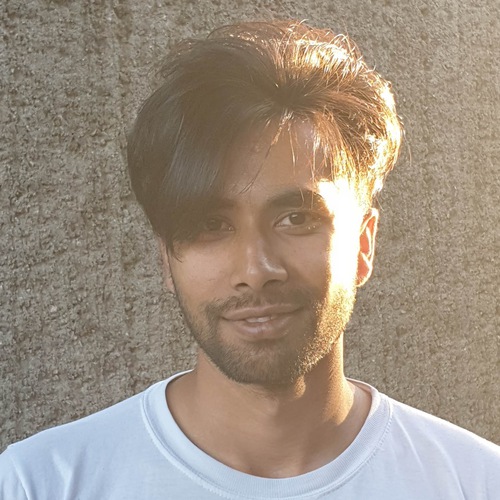
|
Nischal Acharya (starting 1.10.2020, WP3/4, Donostia International Physics Center Nischal Acharya received his bachelor degree in 2015 from the Tribhuwan University, Nepal. He then moved to Turku, Finland, where he completed a Master in Astronomy and Space Physics in 2019. During his master he studied the properties of QSO hosts and their environment using the Galaxy And Mass Assembly (GAMA) survey and the Large Quasar Astrometric Catalogue (LQAC). Key interests: statistical methods, data science and machine learning. |

|
||
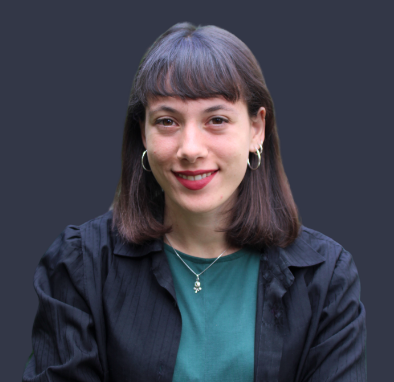
|
Giovanna Speranza (starting 15.09.2020, WP2, Instituto de Astrofisica de Canarias Giovanna Speranza got her Bachelor's degree in Physics at the University of Torino. Her interest in Astrophysics grew up during her Erasmus at the University of Granada, after visiting the IRAM radio telescope on Sierra Nevada. From there, she enrolled for a master in Astrophysics at the University of Torino. In her master thesis she took part to a project called MURALES (a MUse RAdio Loud Emission line Snapshot survey), analyzing the data of 40 radio sources provided by the spectrograph MUSE. Her work aimed at exploring the presence of outflows and the consequences of the feedback process, using a non-parametric analysis. She also worked as a visitor student at the CfA of Cambridge after getting the Master's degree. Key interests: Active galactic nuclei, feedback, observational techniques, galaxy evolution. |

|
||
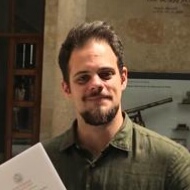
|
Ivan Munoz Rodriguez (starting 1.10.2020, WP3/4, National Observatory of Athens studied Physics in Salamanca University (Spain), and in the last year for his bachelor thesis he studied what effect would have over the Solar System if all dark matter would be composed by PBH. Now he finished a master in Astrophysics, called FisyMat in Granada University (Spain). In his final master thesis he worked in the network of CARMENES studying the occurrences of exoplanets around M-dwarfs. Key interests: astrophysics, AGNs, galaxy formation and evolution, cosmology, dark matter, dark energy, observational techniques, computational astrophysics, machine learning, deep learning, scientific divulgation. |

|
||
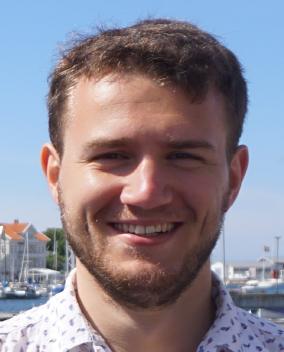
|
Brivael Laloux (starting 1.10.2020, WP1/4, National Observatory of Athens Brivael graduated a bachelor's degree in physics in UniversitÚ Pierre et Marie Curie, Paris. He obtained his master degree in 2020 from Uppsala University, Sweden. His master thesis was on flash-spectroscopy of type II supernovae. He also worked on ghostly DLA QSOs to constrain the spatial structure of the Broad Line Region (publication in preparation). The aim of his PhD is to study the link between QSOs obscuration and the early stages of the growth of supermassive black holes. Key interests: AGN, spectroscopy, modeling |

|
||
Associated |
||||
|
|
Name (Institution) Short CV Key interests: |

|
||
